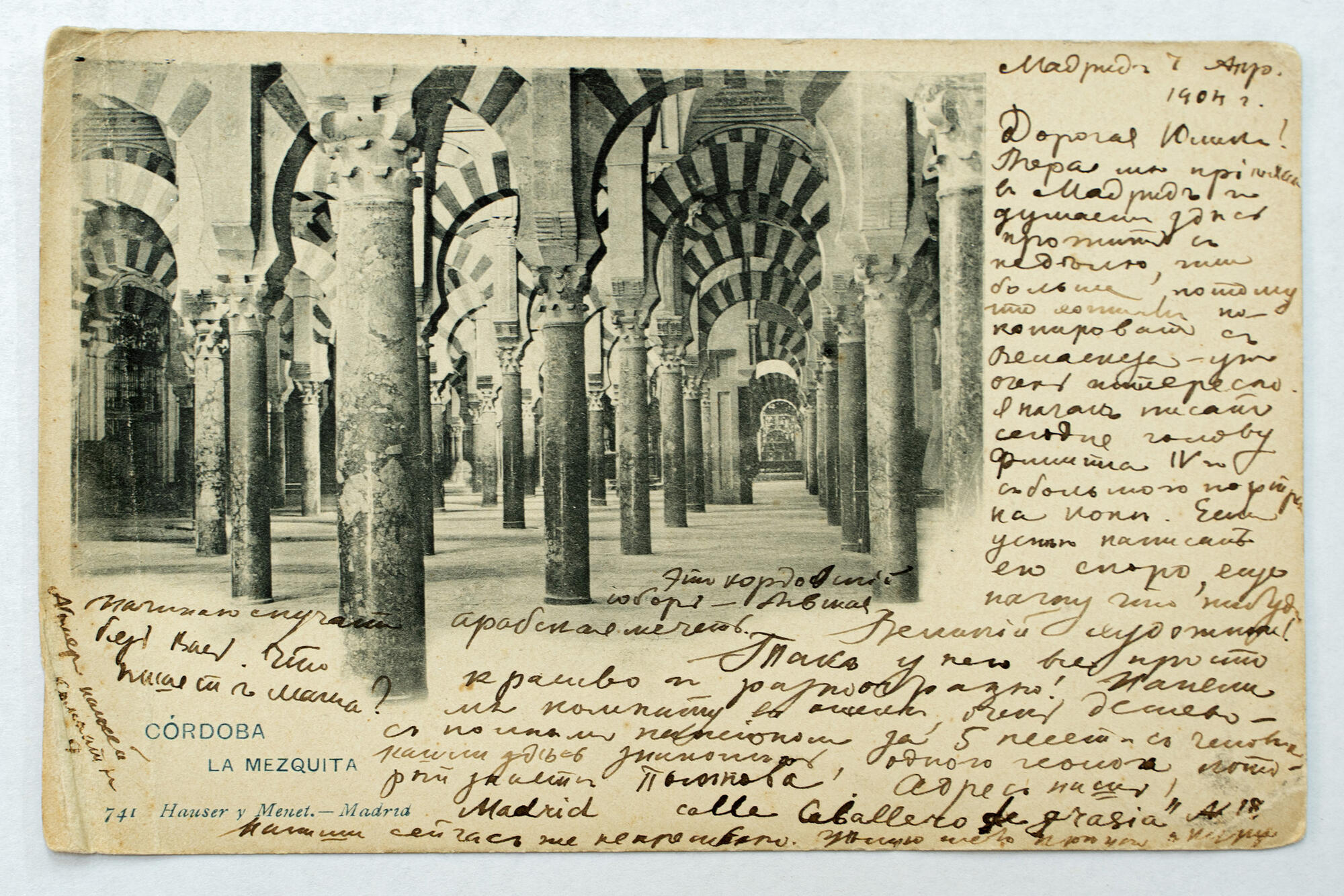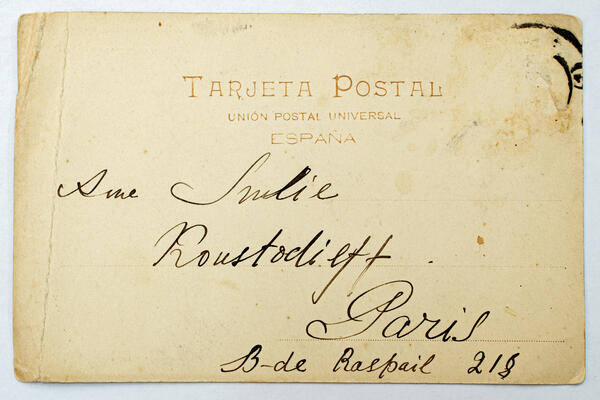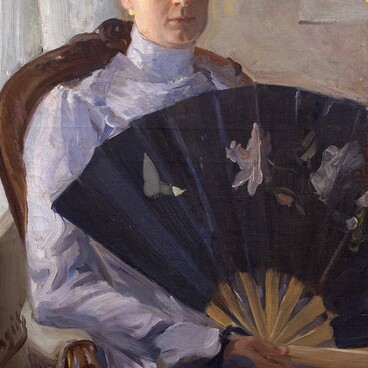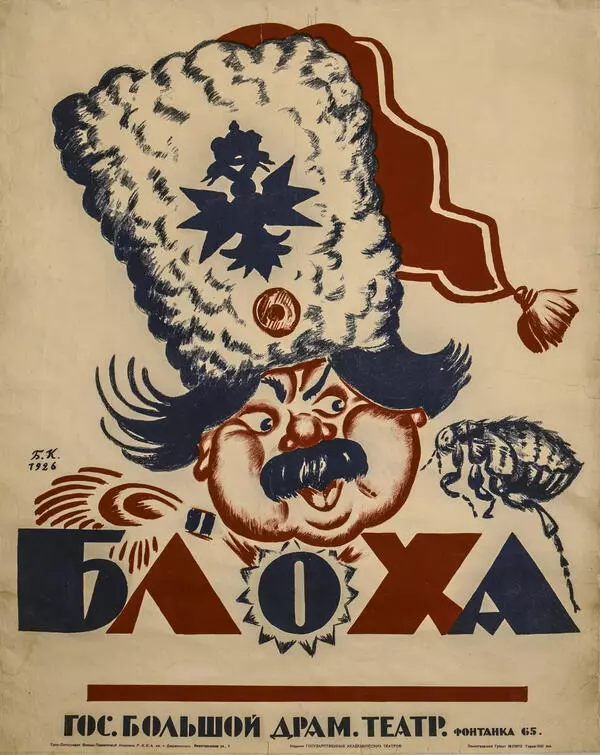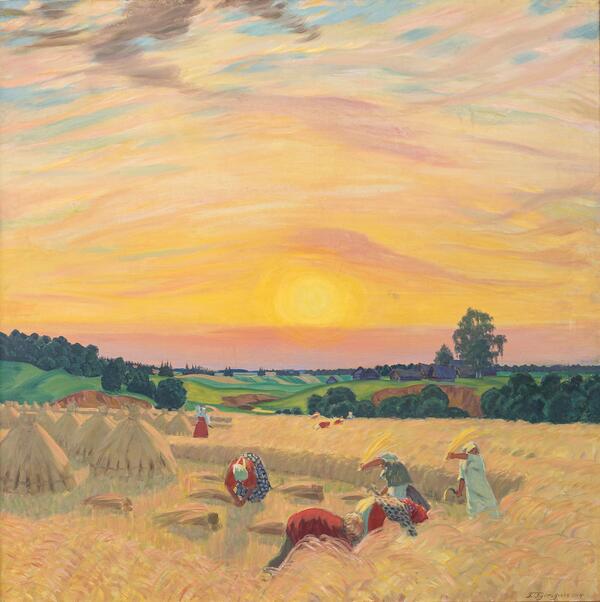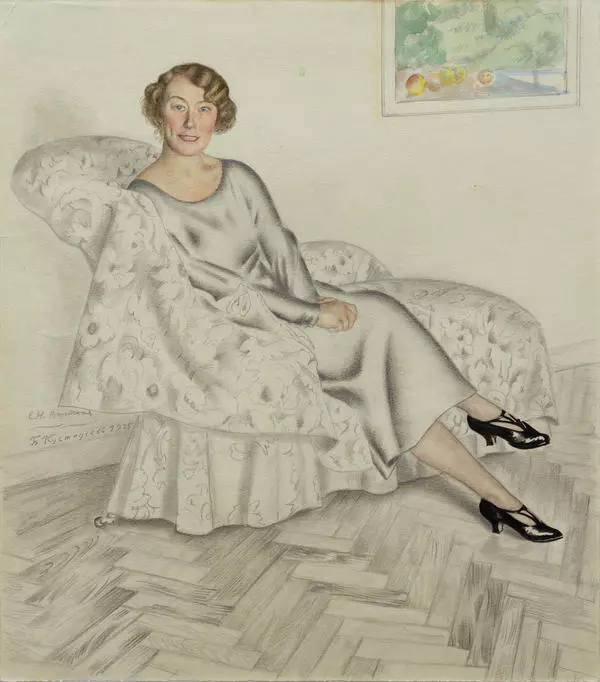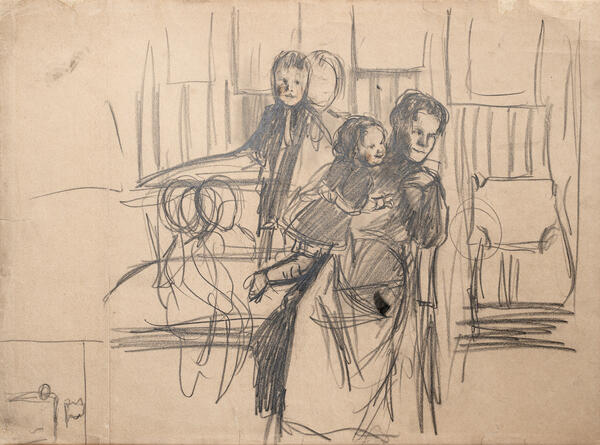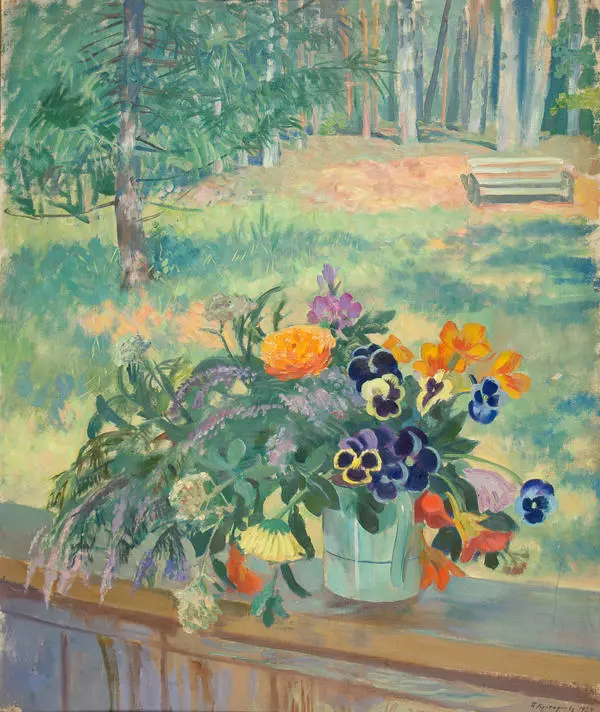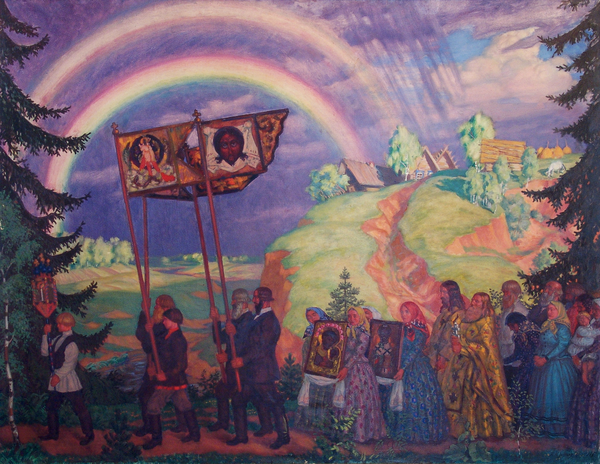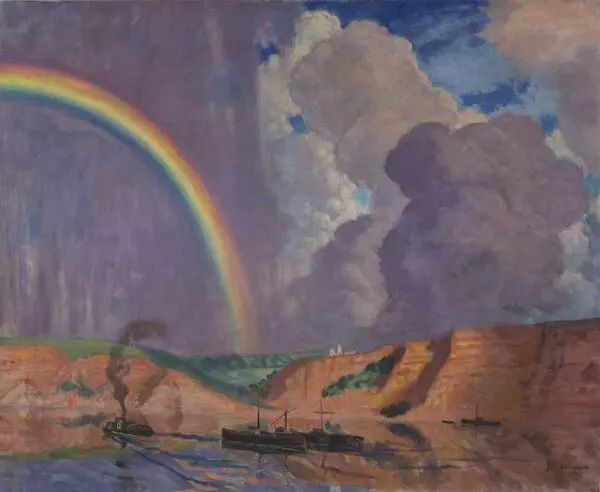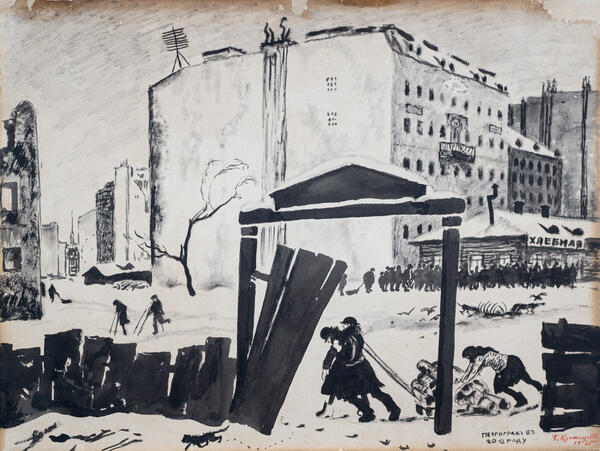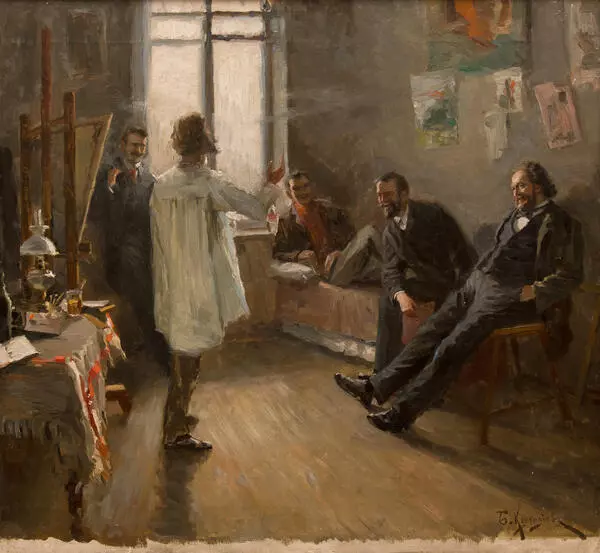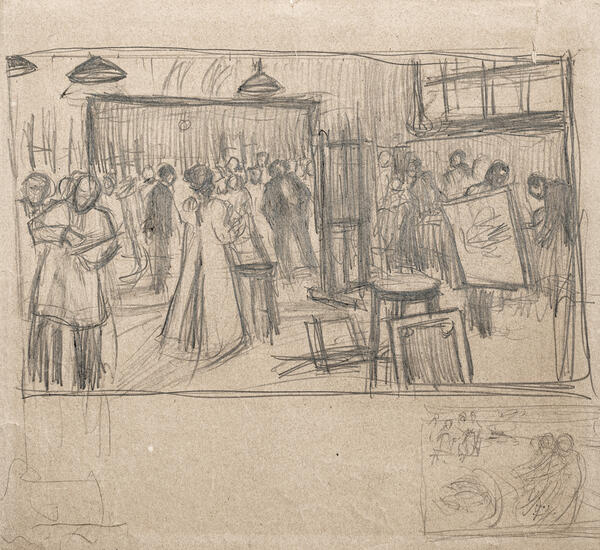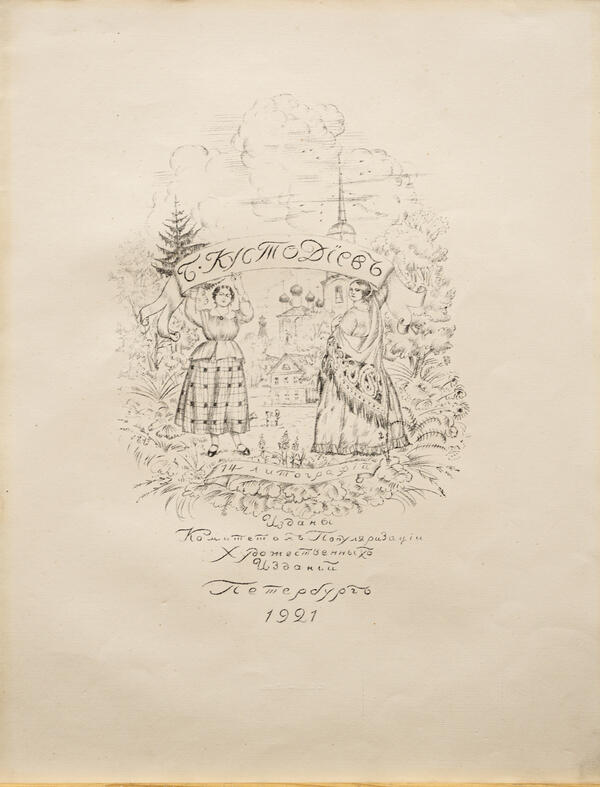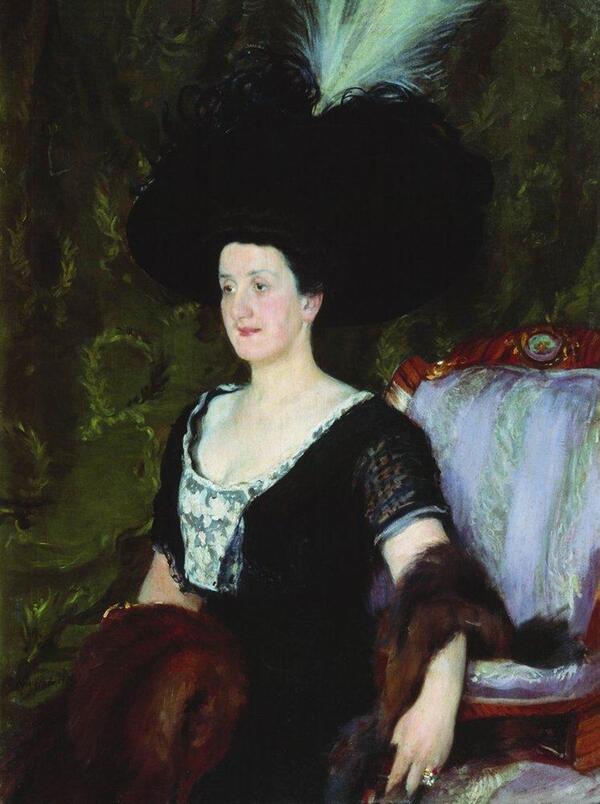A postcard, written by Kustodiev in April 1904 while on a grant trip to Spain, is one of the unique exhibits of the Boris Kustodiev House Museum. The letter is addressed to his beloved young wife Yulia Kustodieva, who was in Paris at that time with their young son Kirill and the artist’s mother Yekaterina Prokhorovna.
Kustodiev went to Spain together with his classmate and friend Dmitry Stelletsky. In his letter Kustodiev wrote about his arrival in Madrid: “We’re thinking of staying here for a week or more, because we can copy from Velasquez — it is really fascinating”. The young artist admired the master and planned to make a copy of at least one portrait — Philip IV on horseback. Indeed he accomplished this task brilliantly. Boris Mikhailovich noted with pleasure that Velázquez was a great painter who made “everything simple, beautiful, and varied.” So he wrote, referring not only to the manner of the famous painter, but also to the diversity of his models, from kings to spinners and jesters.
Written in fine, minute handwriting, the postcard is full of messages about everything that seemed important to Boris Mikhailovich. He wrote about his luck with a rented room — “with full board for only 5 pesetas, ” and about the fact that even in Madrid one can meet acquaintances — “one geologist who knows Polenov, ” their neighbor from Kostroma. Even the postcard itself was carefully chosen by the artist. There is a photo of one of the city’s landmarks on it, under which Kustodiev wrote: “This is the Cathedral of Córdoba — the former Arab Mosque”. And even such an essentially small postcard gives us an indication of his feelings for his wife: “Write to me. With tender kisses.”
There are not many authentic documents related to Kustodiev’s life and work in the museum, but this open letter is convincing evidence of his interest in the old masters and continuous professional development as an artist. In all the countries the young artist had yet to travel to, he would visit museums and exhibitions, study the works of old masters, and evaluate the works of his contemporaries.